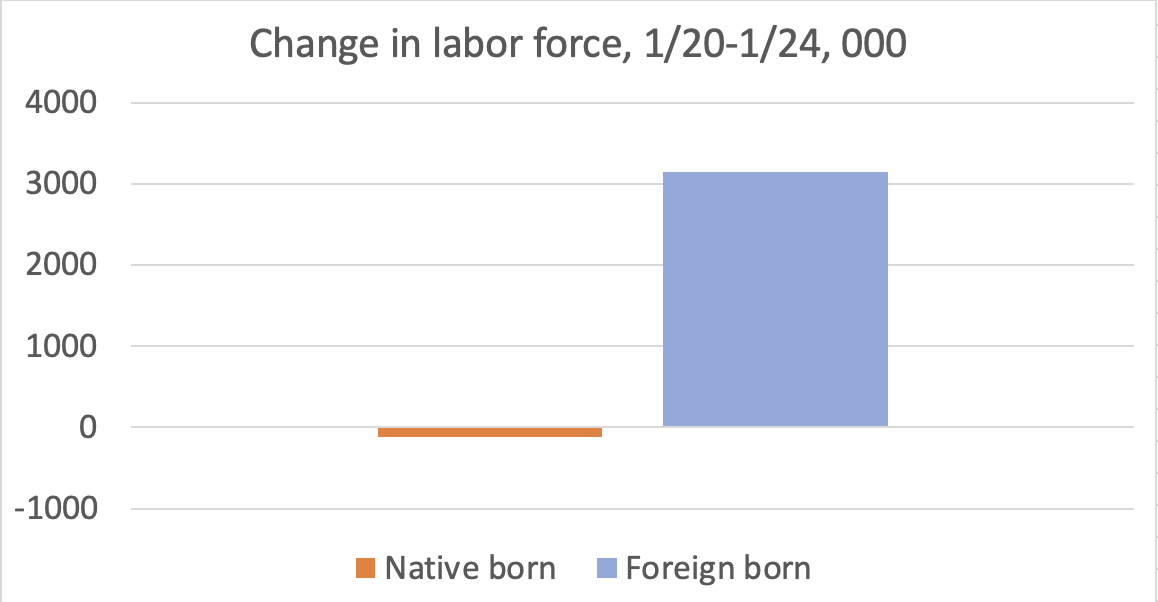Leona Helmsley was right: only the little people pay taxes. Well, OK, the richest 400 individuals pay about 8 percent taxes. But that's not much 1/ whitehouse.gov/cea/blog/2021/…
We should all be furious about this; but maybe especially the merely affluent. Take my favorite from the movie Wall Street: "A $400,000 a year working Wall Street stiff, flying first class and being comfortable." According to IRS calculator, that guy pays 28% in fed income tax 2/
Not even considering payroll taxes, which are 15.3% for most Americans but negligible for the rich, and state and local taxes, which are highly regressive 3/
Easy to become blase. But it really is outrageous 4/
• • •
Missing some Tweet in this thread? You can try to
force a refresh













